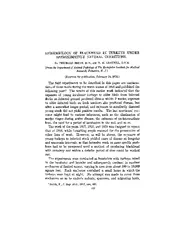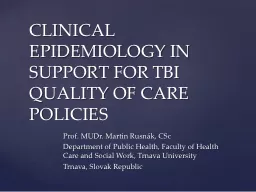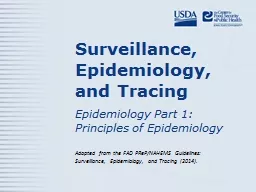PDF-EPIDEMIOLOGY OF BLACKHEAD IN TURKEYS UNDER APPROXIMATE
Author : mitsue-stanley | Published Date : 2015-04-13
BY THEOBALD SMITH MD AND H W GRAYBILL DVM From the Department of Animal Patlwlogy of The Rockefeller Institute for Medical Research Princeton N J Received for publication
Presentation Embed Code
Download Presentation
Download Presentation The PPT/PDF document "EPIDEMIOLOGY OF BLACKHEAD IN TURKEYS UND..." is the property of its rightful owner. Permission is granted to download and print the materials on this website for personal, non-commercial use only, and to display it on your personal computer provided you do not modify the materials and that you retain all copyright notices contained in the materials. By downloading content from our website, you accept the terms of this agreement.
EPIDEMIOLOGY OF BLACKHEAD IN TURKEYS UNDER APPROXIMATE: Transcript
Download Rules Of Document
"EPIDEMIOLOGY OF BLACKHEAD IN TURKEYS UNDER APPROXIMATE"The content belongs to its owner. You may download and print it for personal use, without modification, and keep all copyright notices. By downloading, you agree to these terms.
Related Documents














